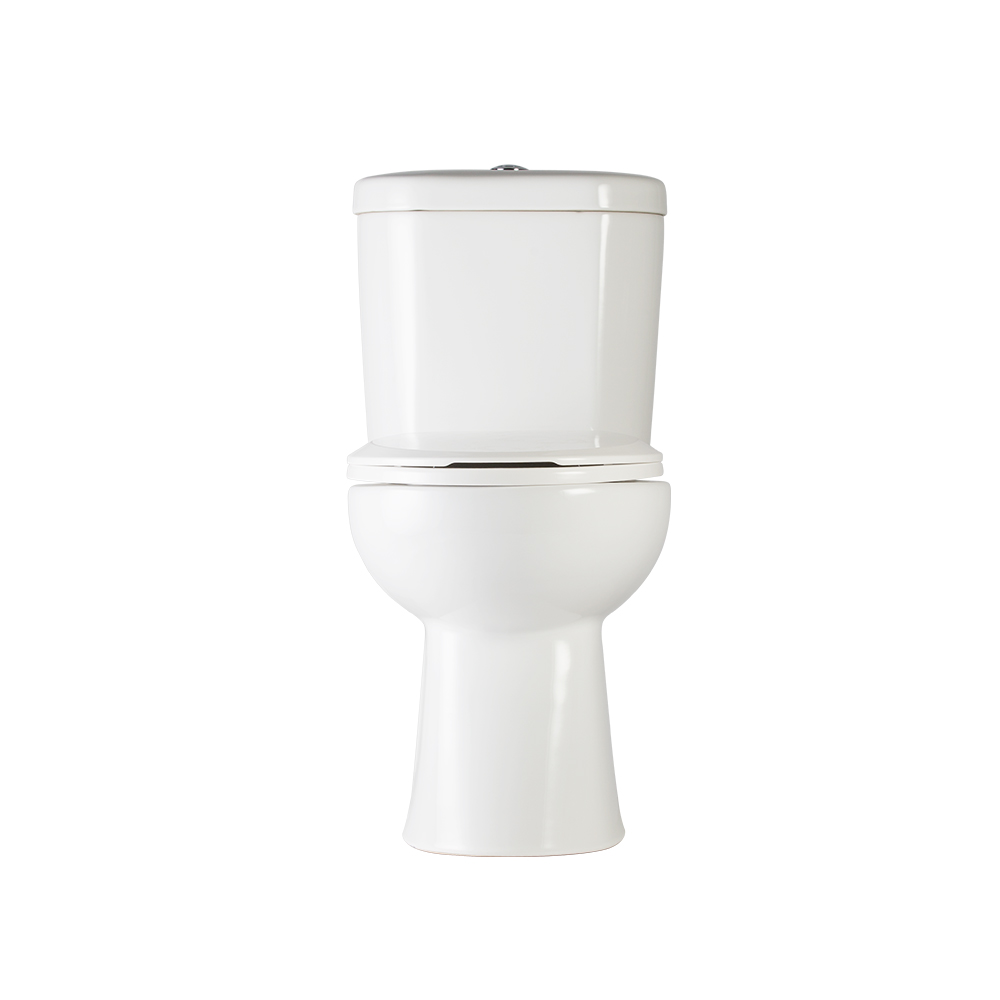With today’s growing concerns regarding saving water and cutting down on utility costs, more people are directing their attention to their toilets. The toilet accounts for as much as 30% of total household water usage and as such, should be a primary concern to cut down on your water wastage.
However, the toilet isn’t exactly most people’s area of expertise when it comes to choosing the right design for your needs. Here is a breakdown of the most common types of toilets, and their functions. You can check this link http://www.watermatrix.com/ to get more information toilet that saves water.

Gravity – The vast majority, as much as 99% of household toilets are of the gravity type. Since the inception of 6-liter toilets, gravity-type flushing action has been vastly improved. A gravity bowl works on siphoning action, pulling water from the bowl, and with today’s design technology, 6-liter gravity toilets actually outperform old large-volume toilets.
Vacuum-assist – Unlike gravity toilets, vacuum-assist toilets have a mechanism that creates a small vacuum in the trap to aid in flushing water from the bowl. The fill valve and early closing flappers are identical to gravity-type toilets.
Pressure-assist – This toilet design doesn’t use a traditional flapper mechanism, instead there is a vessel inside the toilet tank that traps air. The tank fills with water and uses the pressure from the water line to compress the trapped air.
This compressed air is released and instead of a siphoning action sucking water from the bowl, you have a pressurized “push”, clearing waste from the bowl. These toilets are much louder than gravity type and vacuum-assist toilets, they are also more expensive and can usually be found in commercial buildings and institutions.
